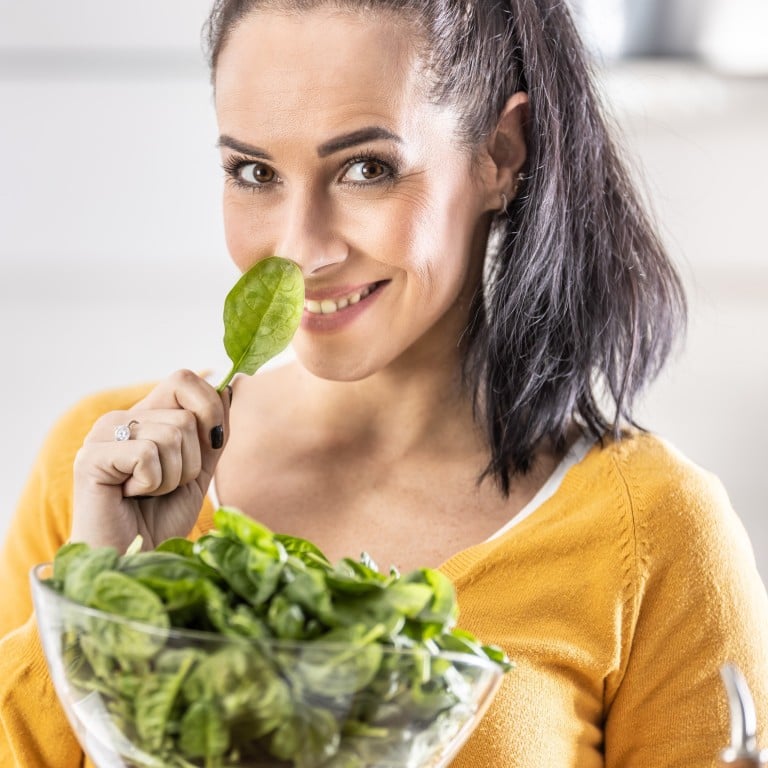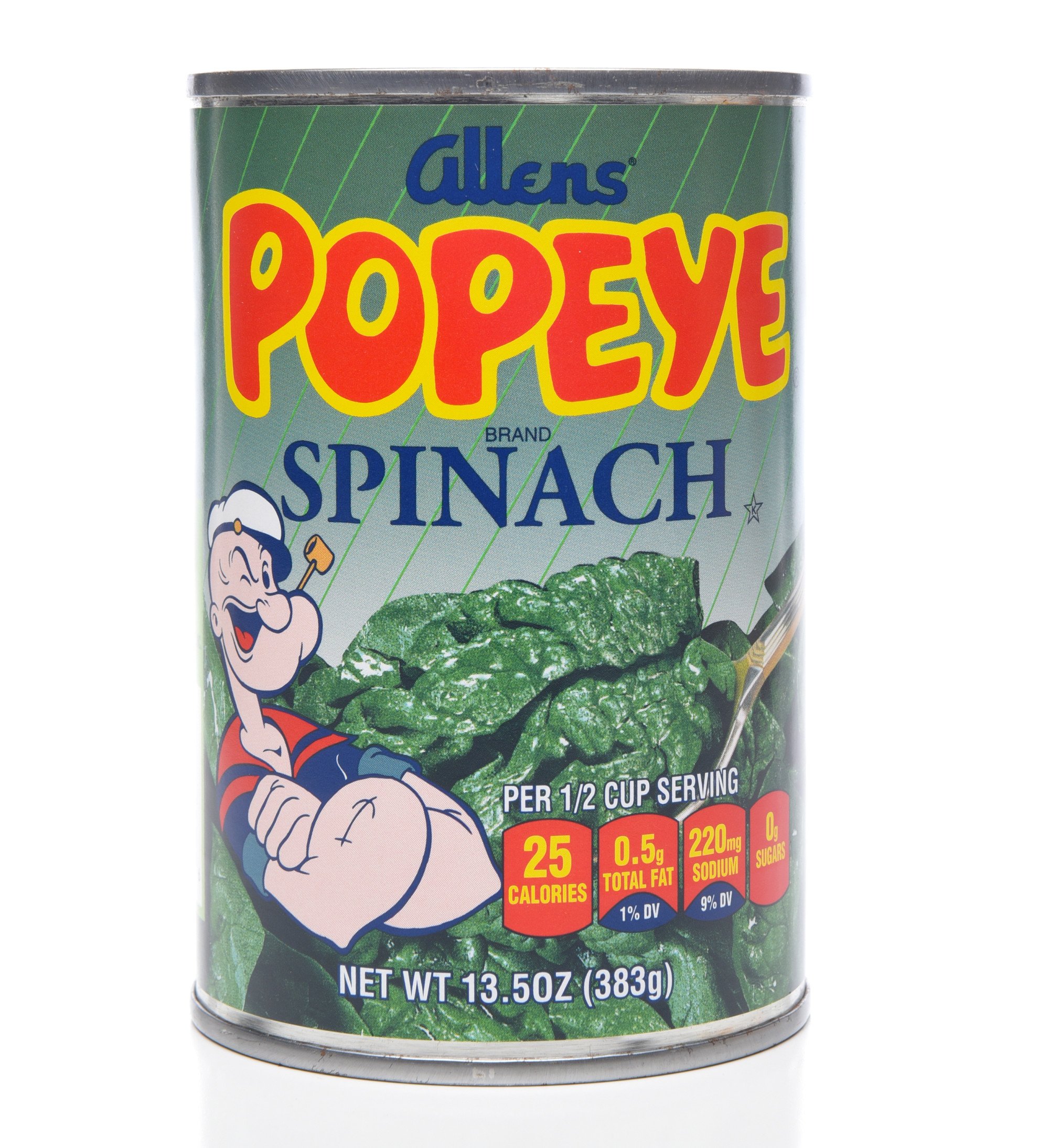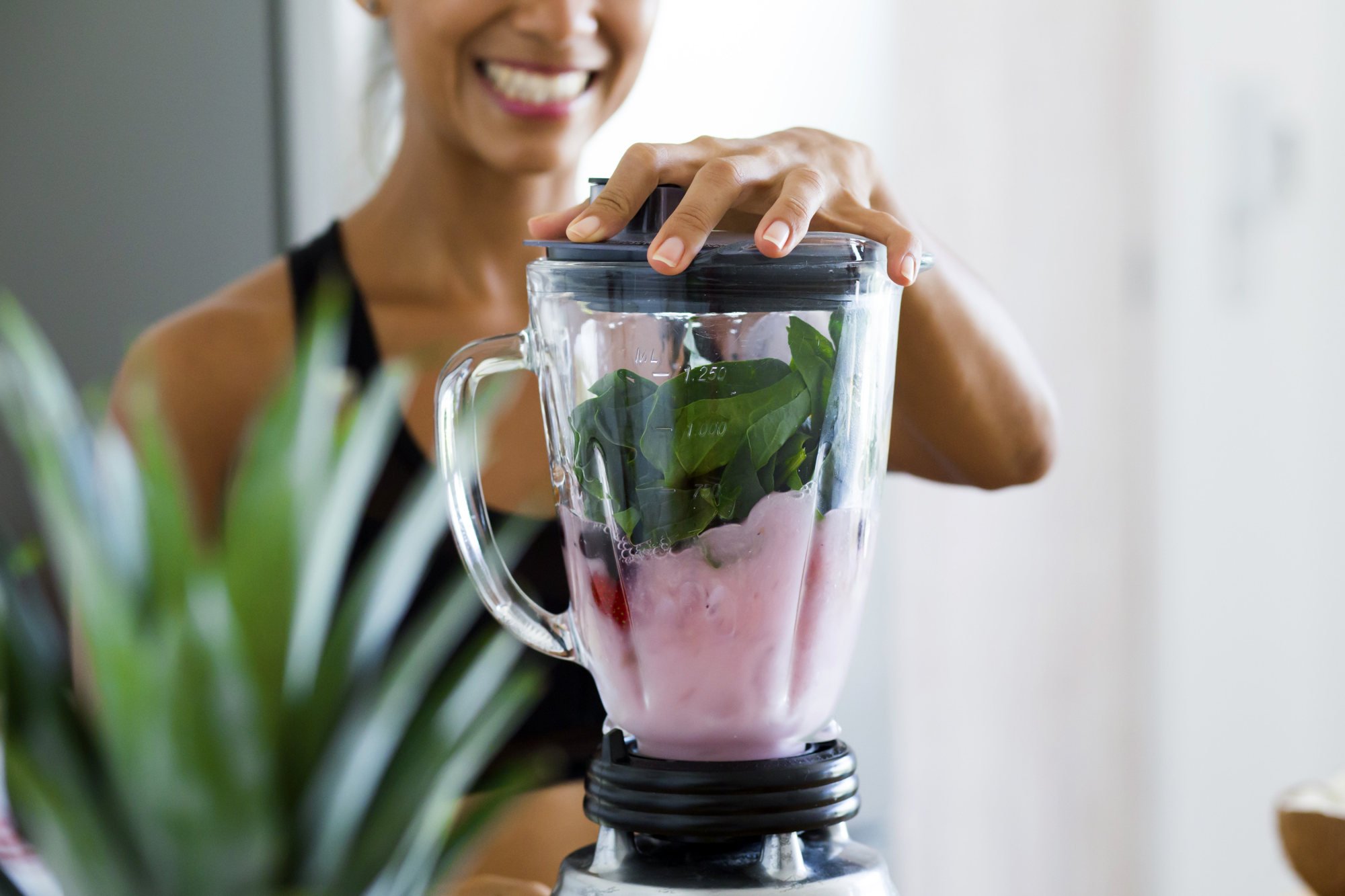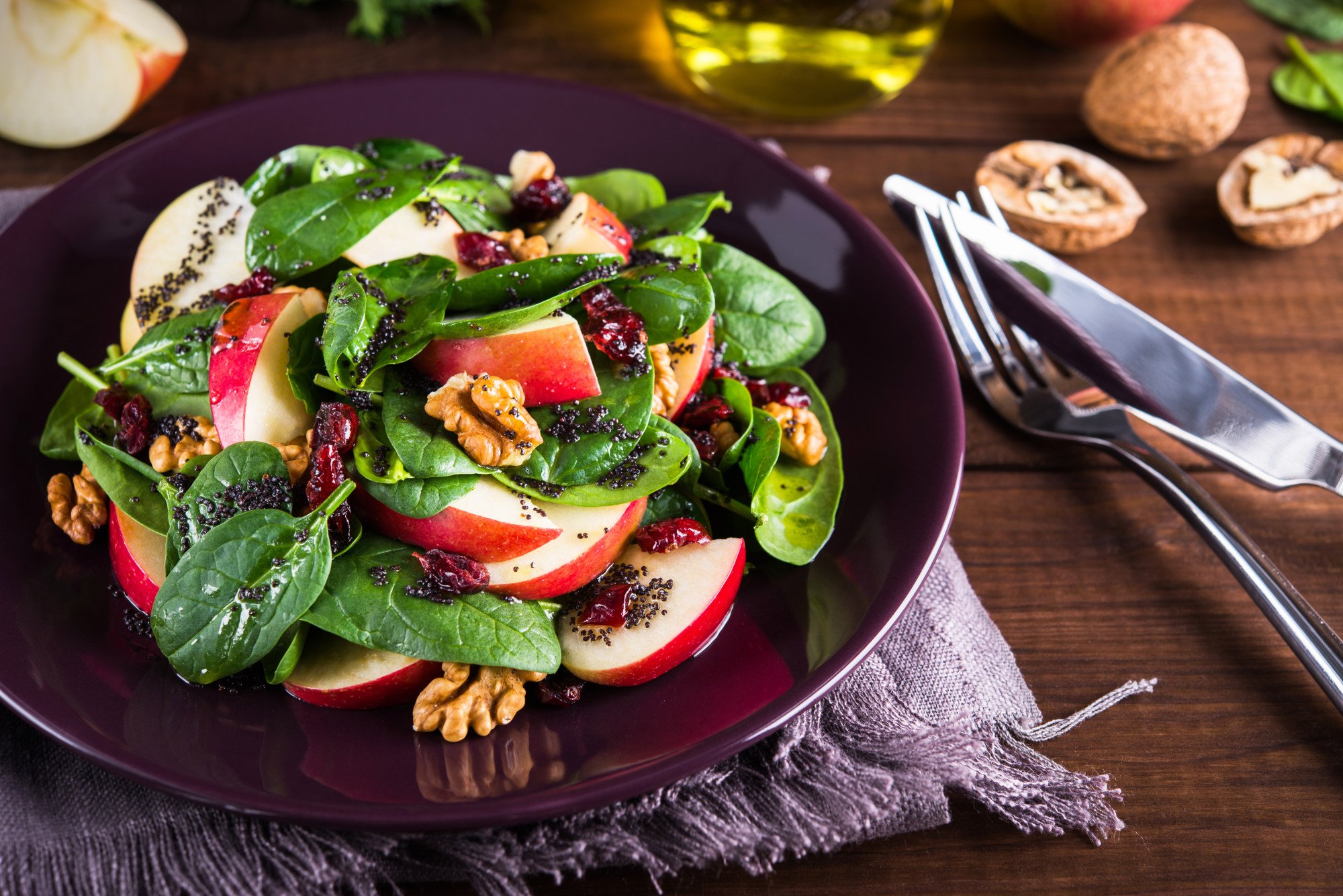
Explainer | Eating spinach: the health benefits, how to prepare it for maximum effect, and who should be careful of eating it
- Spinach is an excellent source of vitamins A, C, B9 and K, and contains more magnesium, potassium and iron than broccoli, lettuce or cabbage
- High in fibre and low in calories, it also helps protect against heart disease and diabetes; and the phytonutrients it contains fight inflammation and ageing
Stories about spinach often reference Popeye, the sailor who ate it by the can to gain immense strength. But if you need to bring a cartoon character into a conversation about healthy eating, consider the Hulk from the Marvel comic books.
“I think spinach is quite unique,” said Dr Joseph Roberts, an assistant professor of nutrition at Arizona State University in the US.
Dark, leafy greens are recommended as part of a healthy eating pattern. “They are largely considered nutritional powerhouses,” Roberts said, because they are nutrient-dense. In other words, “you can get a lot of nutrition without a lot of calories”.

The goodness in spinach
Roberts, who was the lead author of an academic review about spinach that was published in the journal Food & Function in 2016, noted that spinach is a good source of vitamins A, C and B9, or folate.
Seeds and nuts are superfoods – 5 of the best for heart health and more
Cooked spinach, per cup, provides 129 per cent of the recommended daily vitamin A for women and 105 per cent of the suggested amount for men.

Spinach is also one of the best plant sources for lutein, a type of plant-based pigment known as a carotenoid that has been linked to better eye and brain health.

Some studies have looked at spinach thylakoids, which are parts of a plant cell that turn sunlight into energy. Extracts made from spinach thylakoids have been shown to increase satiety, the feeling of being full after eating, although Roberts said that such an effect has not been studied extensively in whole spinach.
However, he said, spinach is high in fibre, “something that most Americans need to increase their consumption of”.
Can’t maintain an erection? Why experts say a heart attack could be next
Spinach caveats
So, what is not to like? Well, although “spinach” was once used as a synonym for “nonsense”, there are a few possibly serious issues to consider.
Spinach is high in oxalates, which can interfere with the body’s ability to absorb minerals, Roberts said. Spinach actually has a lot of calcium, he said, but oxalates bind to that in the intestines.

“This can lead to the formation of kidney stones in certain people,” he said. People who are prone to kidney stones are sometimes put on a low-oxalate diet.
Boiling spinach can decrease the amount of oxalates you consume, Roberts said.
Gout: no longer ‘the disease of kings’ in a globalised world
Vitamin K, which plays an important role in blood clotting, can interfere with the blood thinner warfarin.
That is less of an issue with newer blood thinners, Roberts said, but people on warfarin should “be consistent in their consumption of vitamin K”, which will help stabilise warfarin levels.
And when you do decide to serve spinach, perhaps do not use Popeye as a role model.
Find a form of spinach that you enjoy, because all of them will deliver some nutrition and some benefit
Fresh is best
Roberts said that for all fruits and vegetables, “the fresher, the better”. So, at the grocery store, he would go for a fresh bundle of spinach over a bag or plastic container, on the assumption that the fresh bundle was probably picked more recently.
If you do buy fresh, he said, consume it soon. “You don’t want to let it sit in your refrigerator for a long period of time because the nutrient content does decrease.”
Frozen foods are typically processed close to the harvest site and can actually have higher nutrient levels, he said.

How to cook spinach for greatest benefit
How you prepare your spinach matters.
“Cooking can impact the nutritional content of spinach,” Roberts said. Boiling can decrease the content of vitamins B and C, as well as some phytochemicals. Those compounds end up in the cooking water, he said, so “one way to salvage that is to use that cooking water as a base for a soup”.
Popeye would be pleased to know that spinach pairs well with olive oil (the cartoon character’s love interest is Olive Oyl). Vitamins K and A as well as lutein need a little fat to be absorbed by the body, so Roberts recommended sautéing spinach in a little bit of oil, or eating it raw with a little oil drizzled on top.
5 nutrients good for brain health that can delay dementia, or prevent it
And then there are smoothies. “This is actually how I eat my spinach every day,” said Roberts, who has about a cup of spinach each morning. Chopping up the spinach can actually increase the bioavailability of lutein and other compounds, he said.
“The important thing, of course, is to find a form of spinach that you enjoy,” he said, “because all of them will deliver some nutrition and some benefit.”

